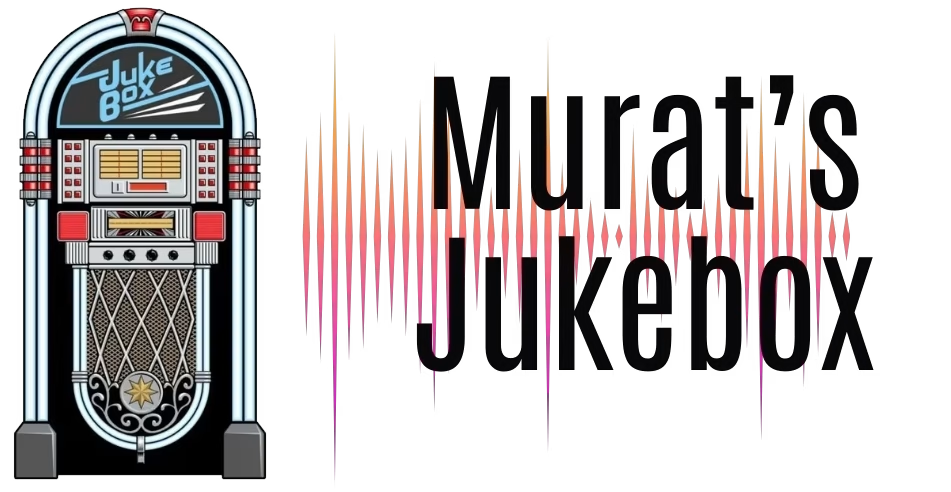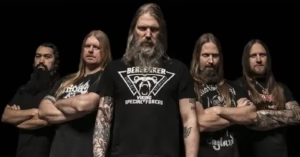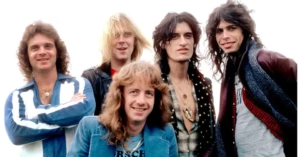The Alan Parsons Project: Sonic Alchemy of Rock and Studio Wizardry
The Alan Parsons Project. Origins: A Meeting of Minds in the Studio
The Alan Parsons Project was not a traditional band in the conventional sense, but rather a studio-based collaboration between producer/engineer Alan Parsons and songwriter/vocalist Eric Woolfson. Their partnership began in 1975, a time when progressive rock was at its commercial peak and technology was revolutionizing sound production.
Alan Parsons had already established a formidable reputation as a sound engineer at Abbey Road Studios, working on classics such as:
- The Beatles‘ Abbey Road and Let It Be
- Pink Floyd’s The Dark Side of the Moon (where he received a Grammy nomination)
Eric Woolfson, a songwriter and pianist, was working as a session musician and had experience in artist management. The pair’s mutual interest in conceptual and sonically sophisticated music led to the formation of The Alan Parsons Project, with Woolfson as the conceptual architect and Parsons as the sonic magician.
A Project, Not a Band: Rotating Vocalists and Studio Precision
The Alan Parsons Project was known for its rotating cast of musicians and vocalists, including:
- Lenny Zakatek
- David Paton (of Pilot)
- Colin Blunstone (The Zombies)
- Chris Rainbow
- John Miles
Woolfson himself often handled lead vocals, especially on the later albums. Instead of touring, the Project focused exclusively on studio recordings, offering high-concept, cinematic albums that blended progressive rock, pop, classical elements, and advanced production techniques.
Breakthrough Album: Tales of Mystery and Imagination (1976)
Their debut album, inspired by the works of Edgar Allan Poe, was a sophisticated and darkly imaginative concept record. With contributions from members of Ambrosia and the London Symphony Orchestra, it featured standout tracks like:
- “The Raven” (featuring a vocoder — one of the first uses in rock)
- “The Tell-Tale Heart”
- “The Fall of the House of Usher” (an orchestral suite)
Though released with modest fanfare, Tales of Mystery and Imagination became a cult favorite, later remixed and re-released with narration by Orson Welles in 1987.
Commercial Peak: The Arista Years (1977–1987)
Signing with Arista Records, the Alan Parsons Project delivered a string of critically praised and commercially successful albums, each often built around a specific philosophical or literary theme:
I Robot (1977)
Exploring themes of artificial intelligence and humanity, inspired by Isaac Asimov. The album mixed funk grooves, lush strings, and rock guitar.
- Hit: “I Wouldn’t Want to Be Like You”
Pyramid (1978)
Questioned the obsession with ancient mysteries and immortality. Atmospheric and introspective.
- Notable Track: “What Goes Up…”
Eve (1979)
An album focused on the role and perception of women in society, long before it became a mainstream topic in rock.
- Hit: “Damned If I Do”
The Turn of a Friendly Card (1980)
A lush, semi-symphonic meditation on gambling and fate, featuring the 16-minute title suite.
- Hit: “Games People Play”
- Hit: “Time” (with Eric Woolfson on vocals)
Eye in the Sky (1982)
Their biggest commercial success, themed around surveillance and control in the digital age.
- Hit: “Eye in the Sky”
- Opener: “Sirius” – used extensively in sports arenas, most famously by the NBA’s Chicago Bulls.
Ammonia Avenue (1984)
A more pop-rock-oriented record that reflected on communication breakdown and modern isolation.
- Hit: “Don’t Answer Me” (accompanied by an animated film-noir video)
Other notable works from this era include Vulture Culture (1985), Stereotomy (1986), and Gaudi (1987), the latter inspired by Spanish architect Antoni Gaudí.
The Alan Parsons Project. Decline and Transformation: Late ’80s to Woolfson’s Death
By the late 1980s, musical tastes had shifted, and the Project’s once-innovative sound began to feel out of step. After Gaudi, Woolfson began working on musicals such as:
- Freudiana (1990) – originally intended as a Project album, it became a hybrid between musical theater and rock opera.
Tensions grew over the future direction of the group. Woolfson leaned toward musical storytelling, while Parsons wanted to maintain the rock recording project format. The duo amicably parted ways.
Eric Woolfson died in 2009, but not before producing stage versions of Gaudi and Freudiana, especially successful in Europe.
Alan Parsons Solo Career (1990s–Present)
After the split, Alan Parsons launched a solo career under his own name, releasing albums like:
- Try Anything Once (1993)
- On Air (1996)
- The Secret (2019)
- From the New World (2022)
While these works often echoed the sound of the Project, they moved further into contemporary rock-pop and orchestral rock, with Parsons performing live — something the Project had mostly avoided.
The Alan Parsons Project. Musical Style and Influence
The Alan Parsons Project is often associated with progressive rock, but their music crosses genres: art rock, soft rock, synth-pop, and classical crossover. Hallmarks include:
- Layered harmonies and lush orchestration
- Conceptual storytelling
- Meticulous production
- Studio innovation (use of vocoders, tape loops, and early digital techniques)
Their influence can be heard in later progressive acts, cinematic pop-rock artists, and in producers who prioritize concept and fidelity — such as Steven Wilson, Muse, and Porcupine Tree.
Studio Albums Discography
- Tales of Mystery and Imagination (1976)
- I Robot (1977)
- Pyramid (1978)
- Eve (1979)
- The Turn of a Friendly Card (1980)
- Eye in the Sky (1982)
- Ammonia Avenue (1984)
- Vulture Culture (1985)
- Stereotomy (1986)
- Gaudi (1987)
Interesting Facts
- “Sirius” has become a sports anthem, particularly in North American basketball.
- The Project never toured during its peak years — a rarity for a successful rock act.
- Both Parsons and Woolfson rejected the “prog rock” label, preferring “conceptual pop” or “studio rock.”
- Eye in the Sky was one of the first albums recorded using digital equipment, setting a new industry standard.
Legacy
The Alan Parsons Project left behind a legacy of intellectual depth, technical mastery, and sonic ambition. They blurred the line between studio craft and musical composition, showing that you could be both a producer and an artist. Today, their records continue to influence audiophiles, conceptual songwriters, and forward-thinking musicians alike.






